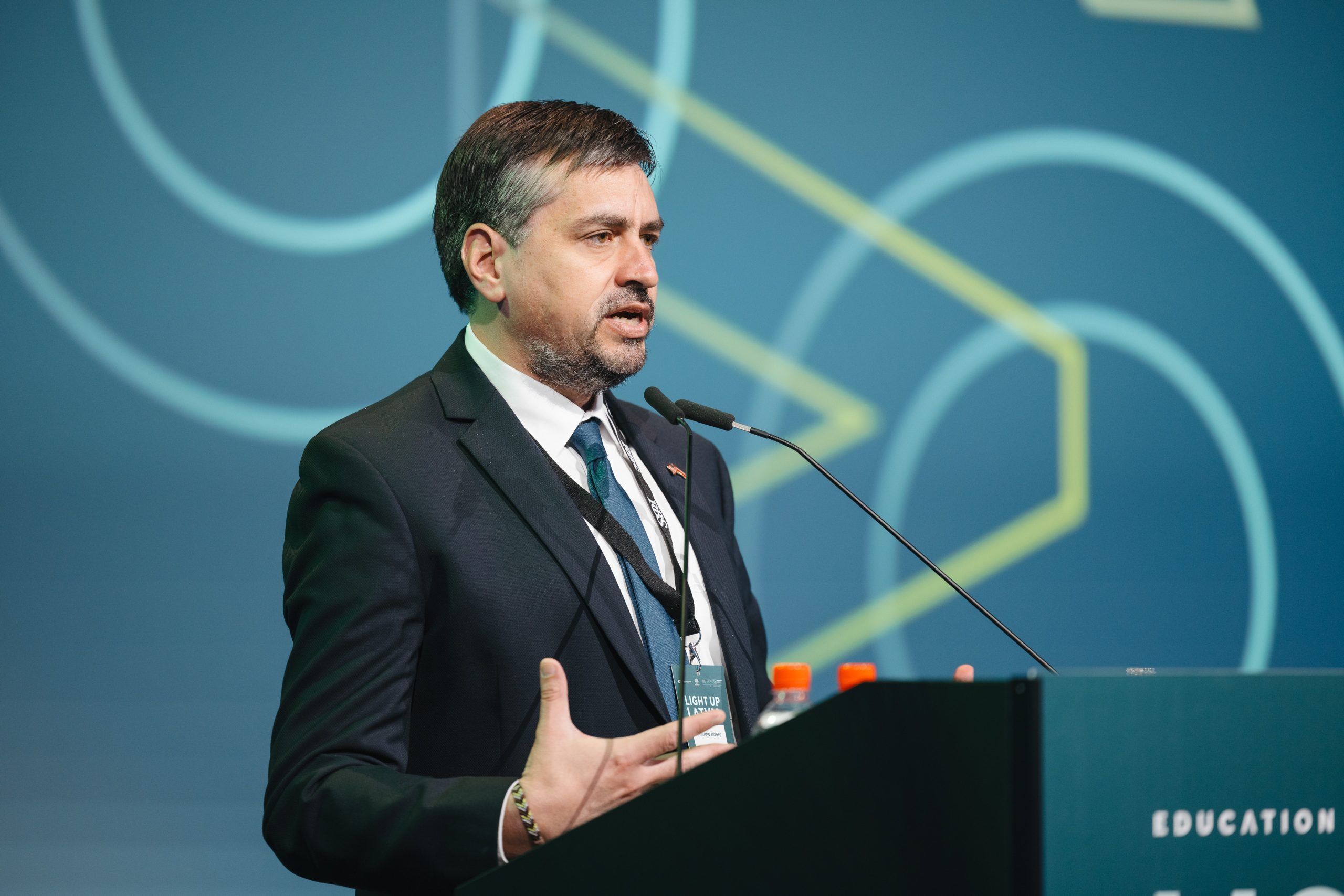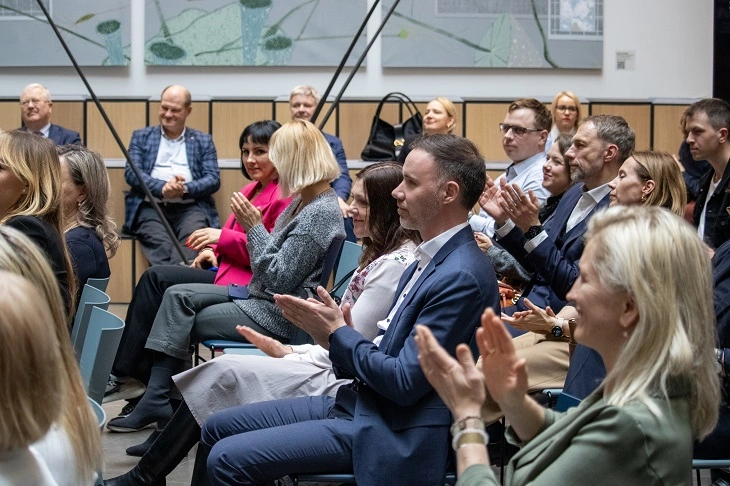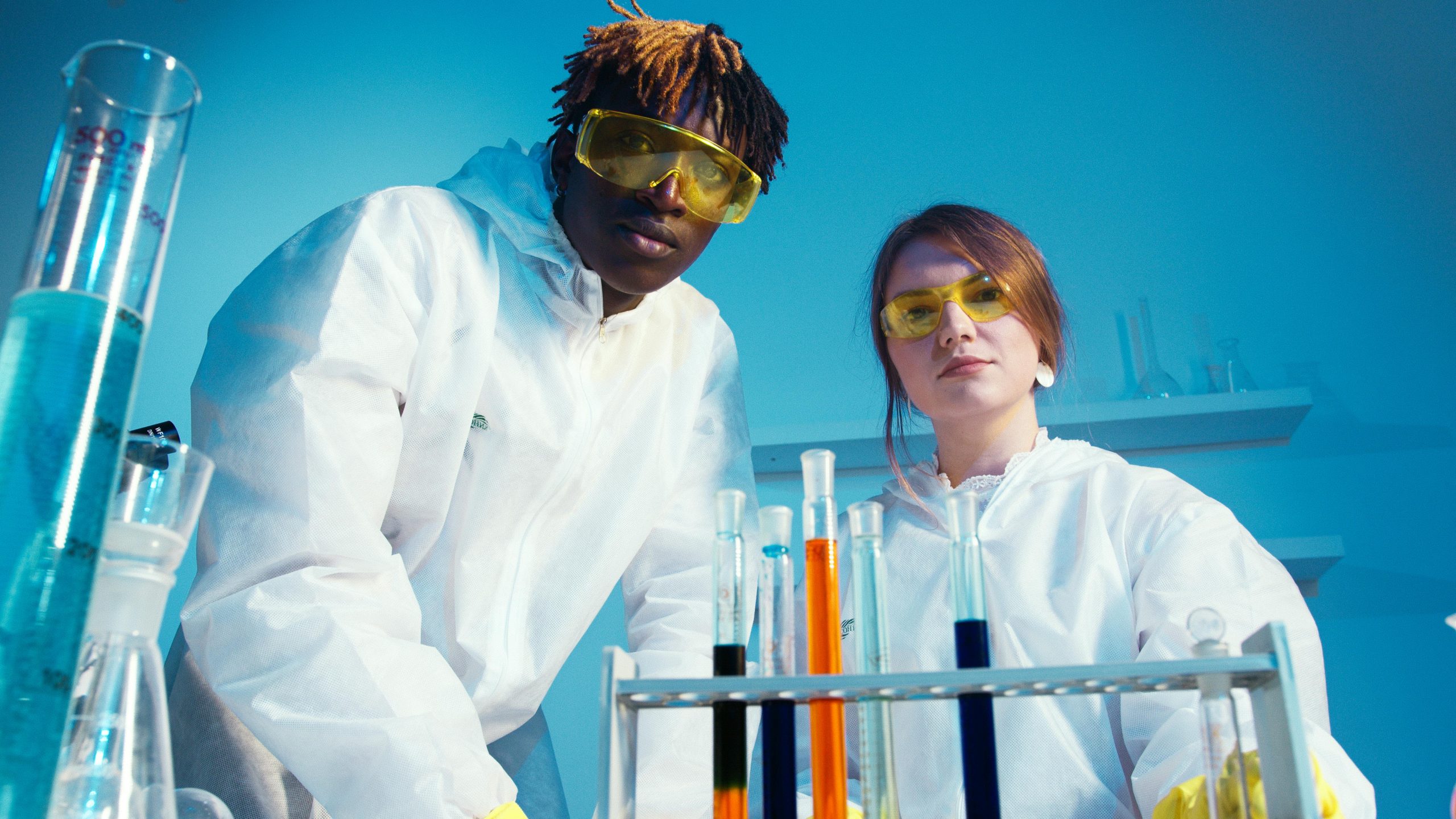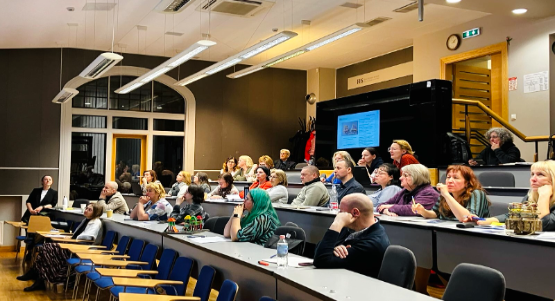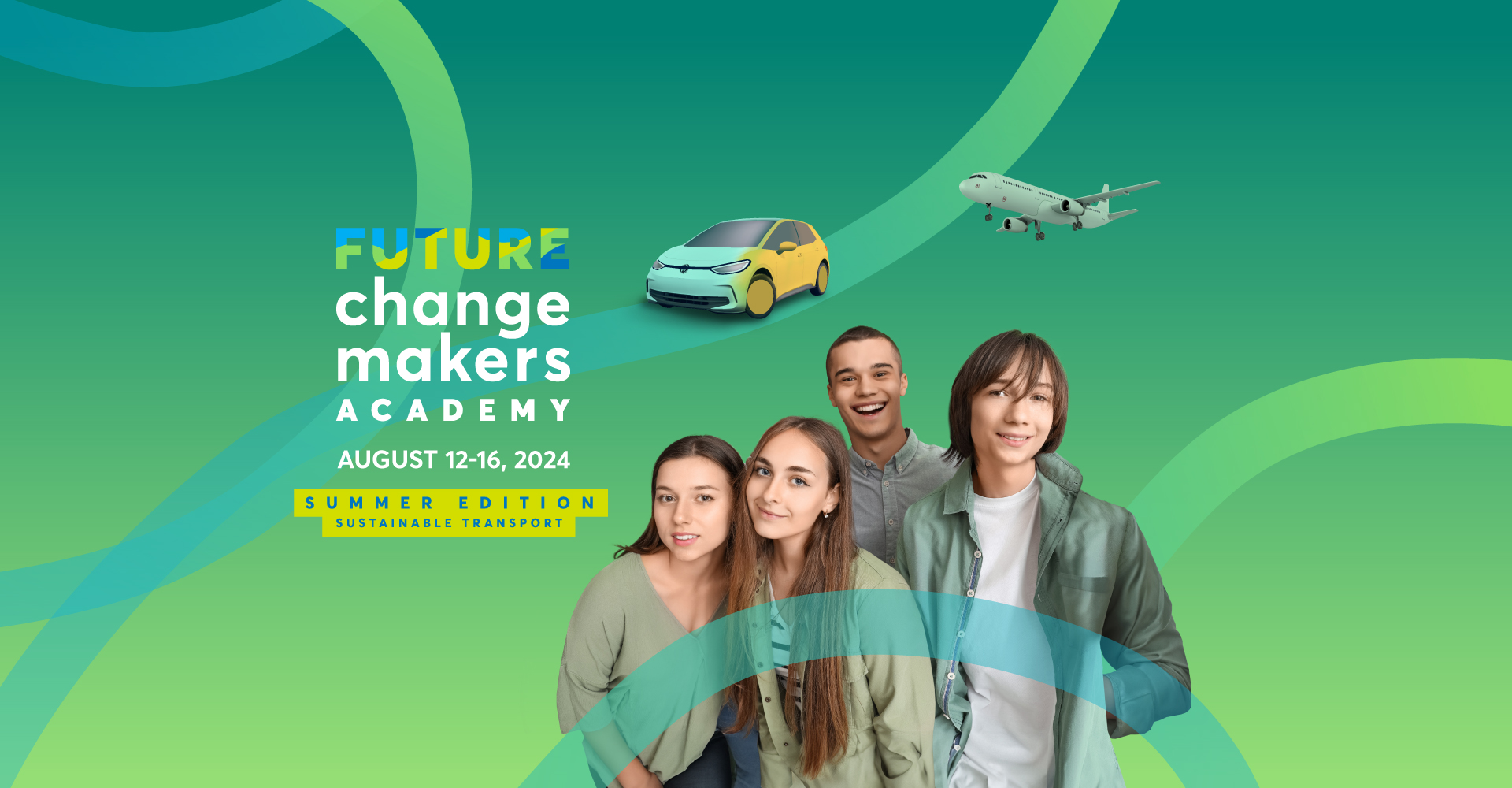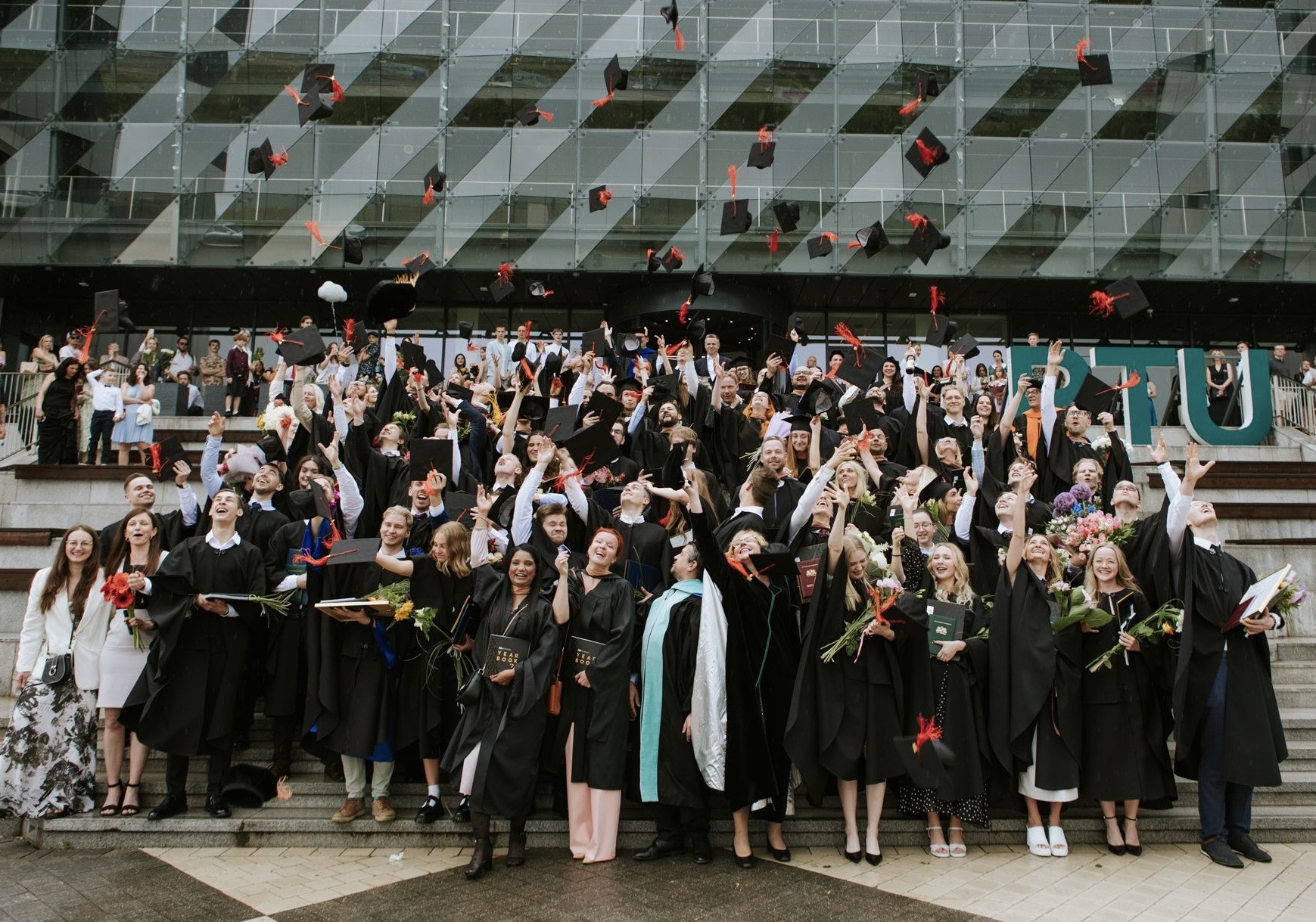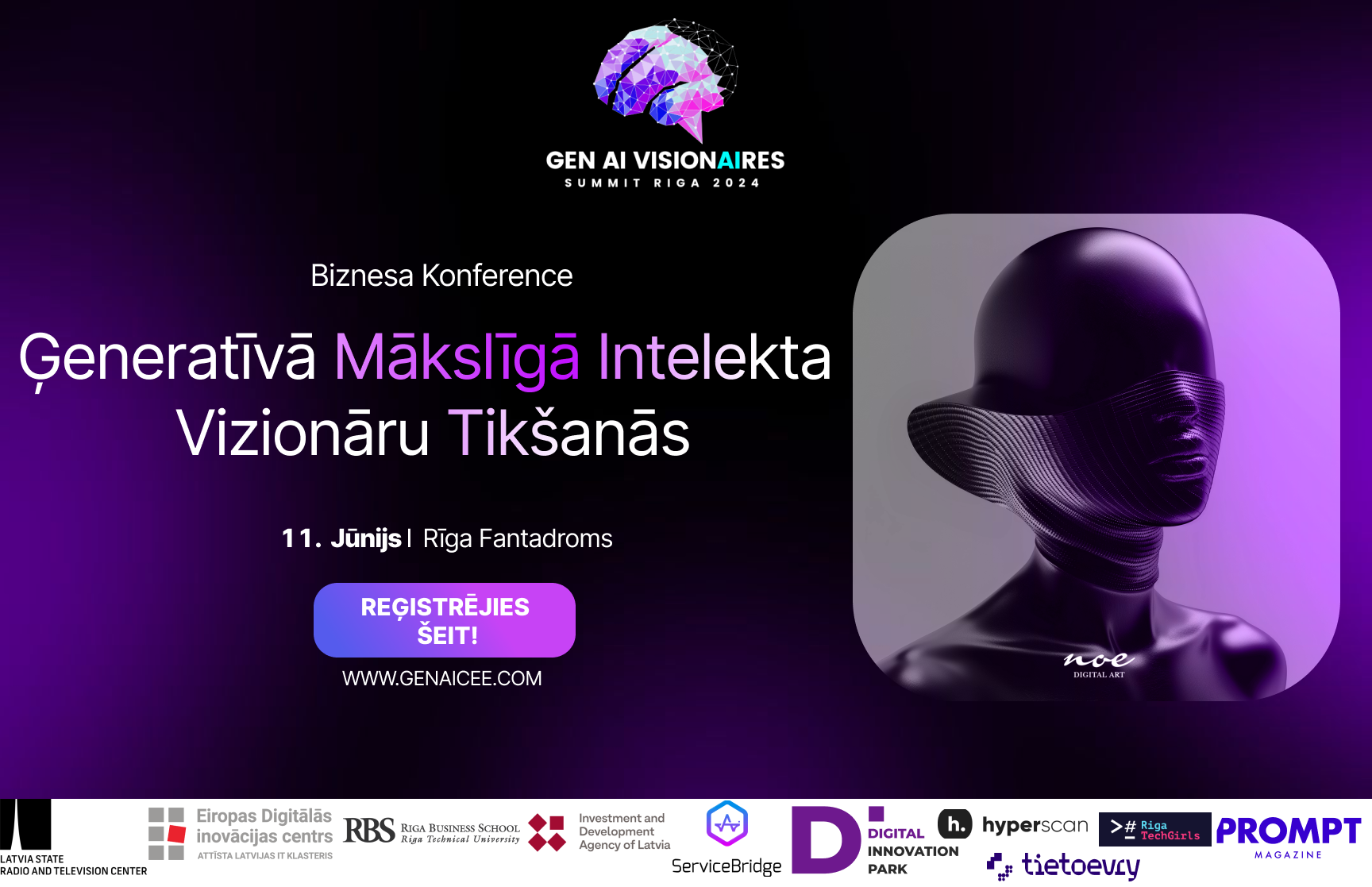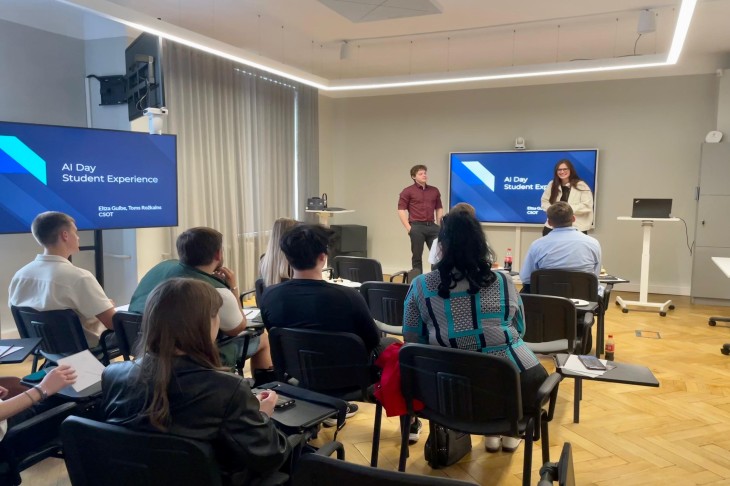As we enter 2024, education as a whole is ready for the changes that the cumulative impact of global events and technological advances will bring. This year will be decisive in determining the future direction of education.
The COVID-19 pandemic has marked a different era in education, dividing our approaches to strategies before and after the pandemic. A return to normal in 2023 was accompanied by the impact of global dynamics, including the Ukraine conflict and tensions between China and US relations, which transformed our approach to internationalization in education (which is a major force in higher education).
In 2023, generative AI became a major agent of change, which will have a major impact on teaching and learning methods onwards. Its transformative potential in education is undeniable and calls for a strategic reassessment of technology integration in various processes, including education.
We know that education as a system is dynamic but conservative and highly regulated. Therefore, even if transformations do not happen overnight, it is important to understand which innovations will likely be powerful and create value.
Below, I outline some of the key current trends I will focus on this year. I have deliberately avoided issues specific to the Latvian context, as global trends are more decisive in the long term. These are not new trends, but they have become increasingly important in recent years and are expected to accelerate by 2030.
Strategic trends and challenges to watch in 2024:
(a) Digital transformation through artificial intelligence
Artificial Intelligence (AI) has shown its ability to transform education even before 2024. The global market for AI in education was valued at around USD 2.75 billion in 2022 and is expected to grow to around USD 32.27 billion by 2030.
Recently, there has been a significant increase in the share of venture capital investments in start-ups going towards AI technologies. More than one in four dollars invested in American start-ups in 2023 has gone into a company related to AI development.
Virtual facilitators and learning environments, which include AI-powered tools that act as multilingual translators, school counselors, and teaching assistants, are expected to be the largest education-related segment of the AI landscape. AI in education will focus on providing a better experience for students, teachers, and lecturers.
b) Teacher burnout, retention, and recruitment
The COVID and post-COVID times have been particularly challenging for teachers and trainers, leading to high teacher turnover, stress, and burnout. The sudden shift to online learning and the sudden rise of artificial intelligence required educators to adapt quickly to new technologies and teaching methods, often without adequate support or training. These developments have put even more pressure on a profession that has been under pressure in Europe as a whole for some time. As a result, European countries constantly report teacher shortages, and the outlook for the coming years is not positive.
Given that some of the factors negatively affecting the teaching profession are high workloads, low social esteem (according to the EU Education and Training Monitor 2023, only 17.7% of teachers in EU countries report that their profession is valued), and low relative pay (teachers’ salaries are almost 11% lower than the average for higher education graduates), we can expect experimentation with different policies and strategies, such as teacher sharing schemes between schools, more hybrid teaching models and innovations in school timetabling.
c) Gamification and immersive learning
Around the world, including in Europe, adolescents spend a relatively large amount of time using digital devices. According to the Data Reportal 2023 study, the average ‘screen time’ for users aged 16-64 is around 6 hours and 37 minutes per day. This statistic is quite remarkable, especially considering that mobile devices account for a large part of this time. Among US children, screen time is the longest in the 11-14 age group, averaging 9 hours per day.
There is growing concern about the impact of screen time on attention span and mental health. Studies show that excessive screen time, especially in younger children, is associated with a higher risk of attention-related disorders such as attention deficit hyperactivity disorder (ADHD). This is thought to be due to the nature of digital devices, which often provide rapid and frequent stimulation, resulting in difficulty concentrating on less engaging tasks in the real world.
The increasing use of screens among adolescents impacts their learning abilities, so educators need to introduce more dynamic teaching methods. Prolonged ‘screen time’ can lead to reduced attention span, physical inactivity, and sleep disturbances, negatively affecting cognitive function and learning. This situation is further complicated by the passive nature of traditional teaching methods, which may fail to engage digitally inclined learners.
Therefore, educational institutions recognize the need for more interactive, engaging, and varied teaching methods. These may include project-based learning, gamification, and the use of mixed reality technologies. Institutions should start working in a more targeted way to support pupils and young people in improving their concentration and awareness. At Riga Business School, we are piloting methods such as OptimalWork, originally developed for undergraduate students at MIT and Harvard University.
Personalized learning, assessment, and streamlined programs, the emergence of microcredits
Secondary and higher education institutions increasingly recognize the need to shorten their programs and increase flexibility in their delivery, driven by the changing demands and expectations of pupils and students. Today’s students are looking for more choices and the opportunity to change institutions, reflecting a desire for various learning experiences and exposure to different learning environments. They are also keen to enter the labor market earlier, which calls for education programs that are more aligned with real-world skills and shorter to facilitate faster labor market entry. In addition, there is a growing preference for more exchange opportunities, both local and international, which allow exposure to different cultural and global perspectives.
One emerging trend that could see significant progress this year is “micro-credentials.” This is a shift towards more flexible, targeted, and personalized forms of education. In Europe, the European Council adopted a recommendation in June 2022 for Member States to adopt a European approach to micro-credentials. However, the global uptake of micro-credentials is still at an early stage. Thanks to our collaboration with MIT, we have been monitoring the early testing of micro-credentials at EdEx since its inception just before COVID. The HolonIQ 2023 survey shows an increase in the number of institutions describing micro-credentials implementation as “mature,” from 7% in 2021 to 13% in 2023.
e) Interdisciplinary curriculum and sustainability-related content
In recent years, educational institutions have increased their focus on the interdisciplinarity of curricula, especially as the labor market is becoming increasingly unpredictable, which will inevitably require more versatility from graduates. ChatGPT and other examples of business users of AI have reinforced previous intuitions about the potential of AI to replace or transform jobs. For instance, McKinsey 2023 published estimates that technologies accelerated by generative AI could potentially automate tasks accounting for up to 30% of hours worked in the US economy by 2030.
In addition to interdisciplinarity, sustainable development content is becoming a mandatory part of the curriculum. An important development is the recent increased focus on sustainability in university rankings. The QS World University Rankings now include the QS Sustainability Rankings, established in 2023. This is their first edition focused on assessing higher education institutions’ social and environmental sustainability performance. The ranking includes 700 universities and uses a methodology with indicators to assess institutions’ ability to address the world’s most pressing environmental, social, and governance (ESG) challenges.
Integrating interdisciplinarity and sustainability into formal education is challenging, as it requires collaboration across disciplines, educational institutions, and departments, as well as more innovative assessment methods that include the assessment of different skills, knowledge, and attitudes across disciplines.
g) Emphasis on socio-emotional learning
Adolescents’ emotional and social preparedness has become a significant concern, especially after the COVID-19 pandemic and the increased use of social media and internet services. Recent statistics show the challenges young people face in these areas. In the United States, around 11.5% of young people experience severe depression. In South Korea, young people who refuse to leave home are paid USD 500 a month to go to school, go to work, and ‘rebuild their daily lives.’ The first EU-wide study on loneliness, carried out in 2022, showed that around 13% of respondents feel lonely most or all of the time, with young people more likely to feel lonely than older people. The COVID-19 pandemic exacerbated this situation, and reports show that loneliness doubled in the EU during this period.
Educational institutions have historically played a key role as a safety net for young people and a platform for social mobility. Addressing young people’s emotional well-being and social readiness has always been on the educational agenda, but more proactivity and resources may be needed now that problems are also becoming more apparent among students.
Looking ahead to 2030
The list of strategic trends and challenges may be even longer, but the ones mentioned in this article are part of my team’s overall analysis, observations, and discussions. On the one hand, they have become more and more pressing; on the other hand, we still need a complete operational response or clear guidance and sufficient policies to address them.
As we anticipate the educational landscape of 2030, we are confronted with fundamental questions about education on campus, the role of formal degrees, the impact of artificial intelligence, the readiness of our students, and the future of teachers’ careers. The decisions that will be taken in 2024 will lay the foundations for future educational institutions. My intuition is that 2024 is an excellent year to take a hard, strategic look at our education programs and shape future scenarios.
In recent years, formal education institutions have become increasingly under pressure from competition from other alternatives to formal education or from the growth of players who are sometimes more attractive to young people and the labor market. If we want our institutions to remain fit for this level of change, we might want to become better innovators – observing what others do or do not do, experimenting without excessive barriers, challenging assumptions.
Will the formal education route to the labor market in 2030 still be 12 years of schooling, plus 3-4 years of undergraduate and 2 years of postgraduate studies? We will probably still offer it. Will the younger generation and the labor market demand it? I don’t know. It is worth starting to think about it.
Claudio Rivera, Director, Riga Business School
